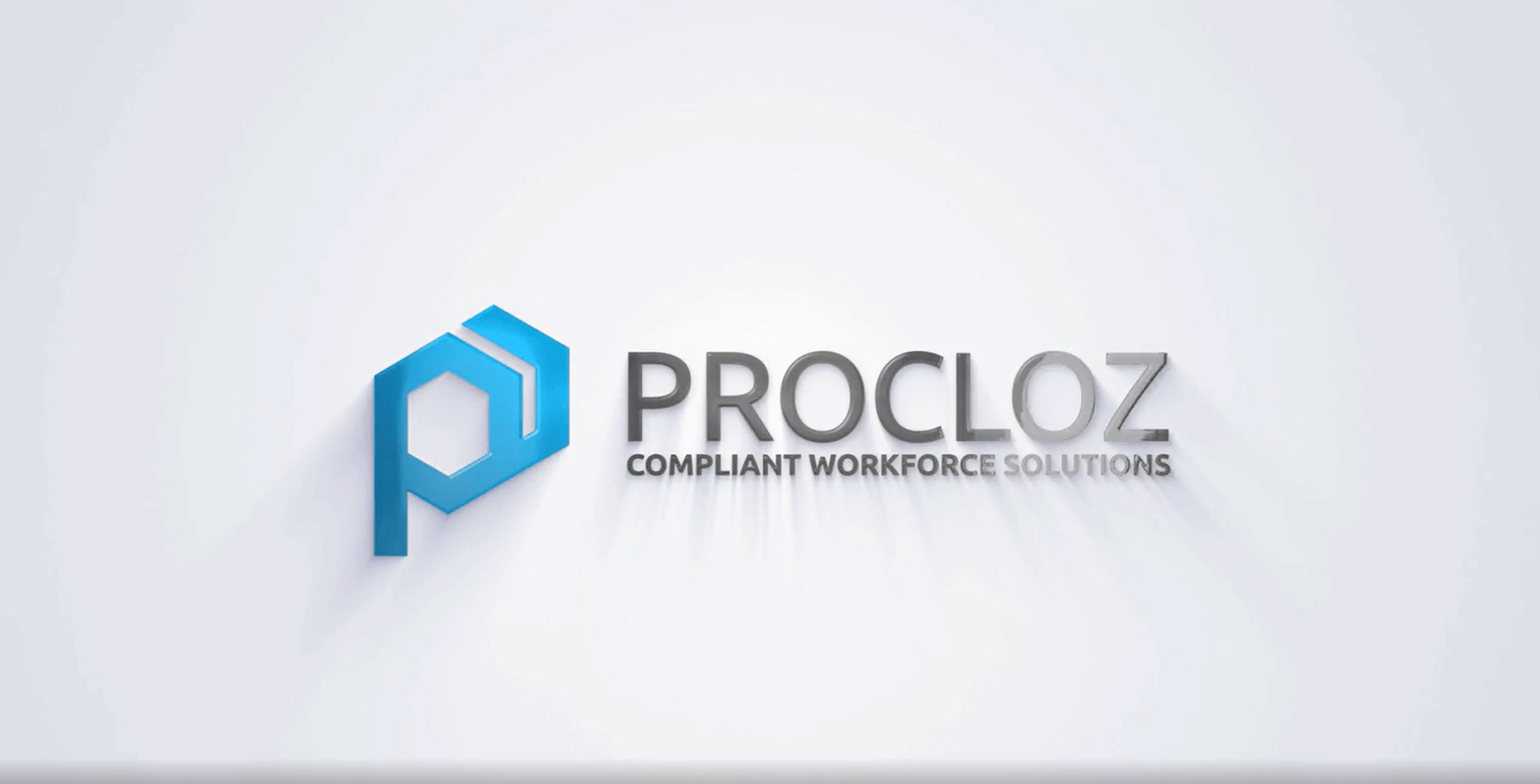Payroll management is a process of calculating and distributing employee salaries, taxes, and benefits. It’s a vital component of any enterprise. Effective payroll risk management for a business results in:
- Enhanced employee morale and productivity
- Compliance with local labor laws
- Improved budgeting, planning, and decision-making
Despite its significance, many companies still make mistakes in payroll management, leading to legal issues, financial losses, and employee dissatisfaction. In this blog post, we will explore common payroll risks to watch out for.
Not Having a Payroll Risk Management System in Place
Enterprises with hundreds of employees spread across multiple locations, using various payroll systems, running multiple monthly payroll cycles, and experiencing high attrition rates often encounter payroll fraud.
The ACFE Occupational Fraud Report 2022 indicates that payroll fraud accounts for 9% of asset misappropriation schemes, with a median loss of $45,000 per incident.
Payroll fraud remains a persistent risk, typically taking 18 months to detect after it begins. Additionally, small businesses without documented payroll policies and those relying on spreadsheets for in-house payroll processing risk human errors and security breaches, leading to non-compliance.
What are the 10 Common Payroll Risks?
Payroll risk is a reality for organizations of all sizes and industries. Here are some common payroll risks:
1) Ghost Employees
It is a kind of payroll fraud resulting in overpayments, typically executed by a payroll team member. This occurs when a terminated employee remains on the payroll, and the fraudster redirects their salary to their own or a third-party account. Illegitimate payments or bribes can also be masked as salary payouts.
2) Timekeeping Fraud
Inadequate supervision, remote working, or manual timekeeping can lead to employees inflating their billable hours. The added hours are usually small enough to evade cursory reviews but benefit employees on hourly wages or are eligible for overtime pay.
3) Proxy Attendance Punching
This form of timekeeping fraud involves an employee clocking in and out for a coworker who is not present. If unchecked, it can become widespread. Mitigation methods include tight supervision, strict penalties, and biometric attendance systems.
4) Wrong Categorization of Employees
Misclassifying contractors, part-time, and full-time employees can lead to payroll tax and benefit miscalculations. Intentional misclassification to reduce costs constitutes payroll fraud. The 2020 National Employment Law Project report found that 10-30% of employers misclassify employees as independent contractors, saving up to 30% on payroll and related taxes.
5) Security Breaches
Payroll information contains sensitive data like tax identification and bank account details. Poor security measures or cyberattacks can lead to data leaks, risking identity theft or financial fraud. It can also result in payroll transactions being routed to incorrect accounts.
6) Fraudulent Expense Claims
Employees may claim reimbursement for fictitious or inflated expenses or tag personal expenses as business-related. Duplicate claims or out-of-policy reimbursements can occur. Companies with many field agents or traveling employees are particularly vulnerable.
7) Reliance on a Single Employee
Over-reliance on one person for payroll tasks is a common control deficiency, especially in smaller organizations. If one person handles adding/removing employees, entering time and pay rates, approving payouts, and reconciling bank statements, process errors and fraud can go unnoticed. The absence of this key person can also disrupt the payroll function.
8) Compliance Errors
Payroll involves complex tax calculations and adherence to various labor laws. As these regulations change, the payroll process must adapt to avoid non-compliance penalties and litigation.
9) Payroll Data Loss
Storing payroll information in physical documents or on individual devices risks damage, data corruption, or loss. Regulations require secure storage with adequate backups and disaster recovery mechanisms.
10) Poor Downstream Data
According to the latest EY Global payroll survey, poor source data is a major challenge for payroll functions. Without structured data governance, data entering the payroll application may be inaccurate, incomplete, or inconsistent, leading to payroll mistakes and non-compliance.
Now that we’ve identified several payroll risks, let’s explore strategies to effectively prevent them.
Risk Management in Payroll
Effective payroll risk management requires a structured approach. Here are the steps to implement a sustained payroll risk management function:
1) Identify Risks
Conduct a comprehensive AS-IS assessment of payroll processes, IT applications, and third-party partners to identify potential errors or frauds.
2) Prioritize Risks
Rank risks based on their probability of occurrence and potential impact. For instance, using manual timesheets without supervision presents a high probability and severe impact for timekeeping fraud.
3) Define Response Strategies
Based on the prioritization, determine appropriate responses: eliminate risks where possible, enhance risk controls where elimination isn’t feasible, transfer the risk to an outsourcing partner, or tolerate the risk within acceptable limits.
4) Monitor Risk
Continuously monitor error and fraud rates through automated reports and conduct regular forensic audits to ensure ongoing risk management.
Final Words
Payroll challenges are increasing, particularly with the emergence of the gig economy, remote work setups, and flexible scheduling. These factors expose enterprises to greater risks of payroll errors and fraud in global payroll services.
According to PwC’s Global Economic Crime and Fraud Survey 2020, companies that proactively invested in fraud prevention control programs experienced 42% lower response costs and 16% fewer fines and penalties.
To address these challenges, HR leaders need to foster cross-functional collaboration in developing an enterprise-wide payroll risk management strategy. Additionally, leveraging automation can be instrumental in effectively tackling these issues.














